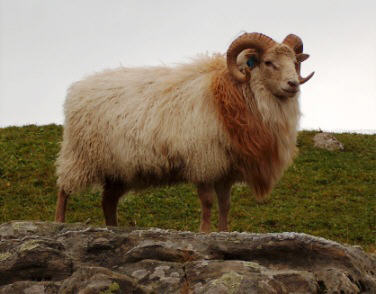Type the name of the breed you're looking for below
[wpdreams_ajaxsearchlite] Don't see the breed your're looking for? Click here and let us know!
Old Norwegian sheep
| Place of Origin | Norway |
| Origin | The Old Norwegian Sheep is a small primitive type of sheep which inhabited Norway and the rest of Scandinavia as well, including Iceland and Faeroes. Probably only the feral Soay Sheep of St. Kilda are more primitive. |
| Purpose | Meat, Fiber |
| Characteristics | The sheep are small framed, with good legs and a fleece varying in colour from almost white to greyish, dark brown, badger-faced, muflon pattern and black. Adult males weigh on average 43 kg (95 lbs) and females 32 kg (70 lbs). The fleece is remarkably fine and in contrast to the mouflon, the inner fleece is highly developed. The outer coat has long fibers, up to 30 cm (11.8 in) around the neck on the males. Normally, the sheep shed their fleece naturally in early July. All the males of this breed are horned with approximately 10 % of the ewes also being horned. This breed of sheep has a unique pattern of flight (escaping an enemy), which makes it suitable for use in grazing areas with predators. |



